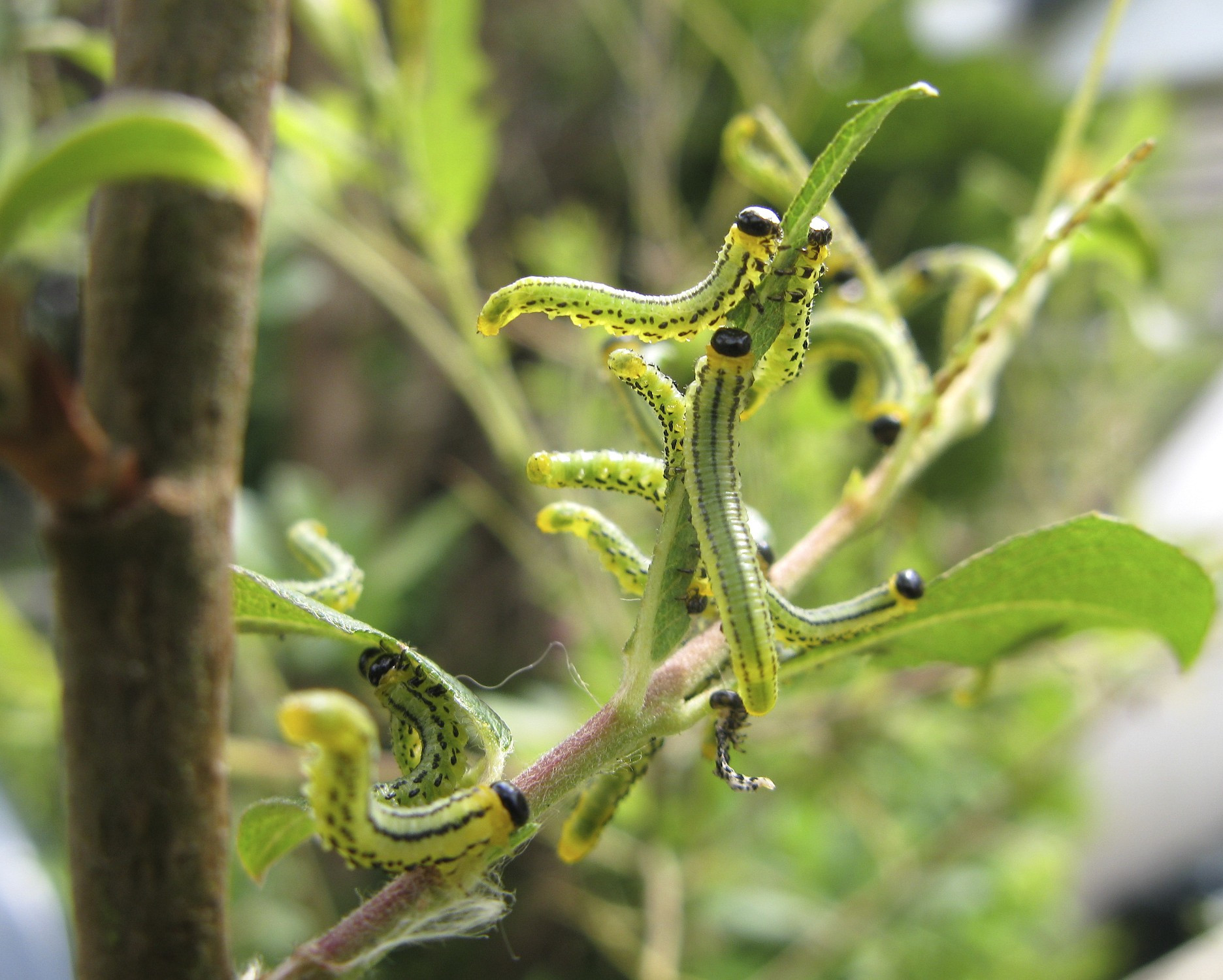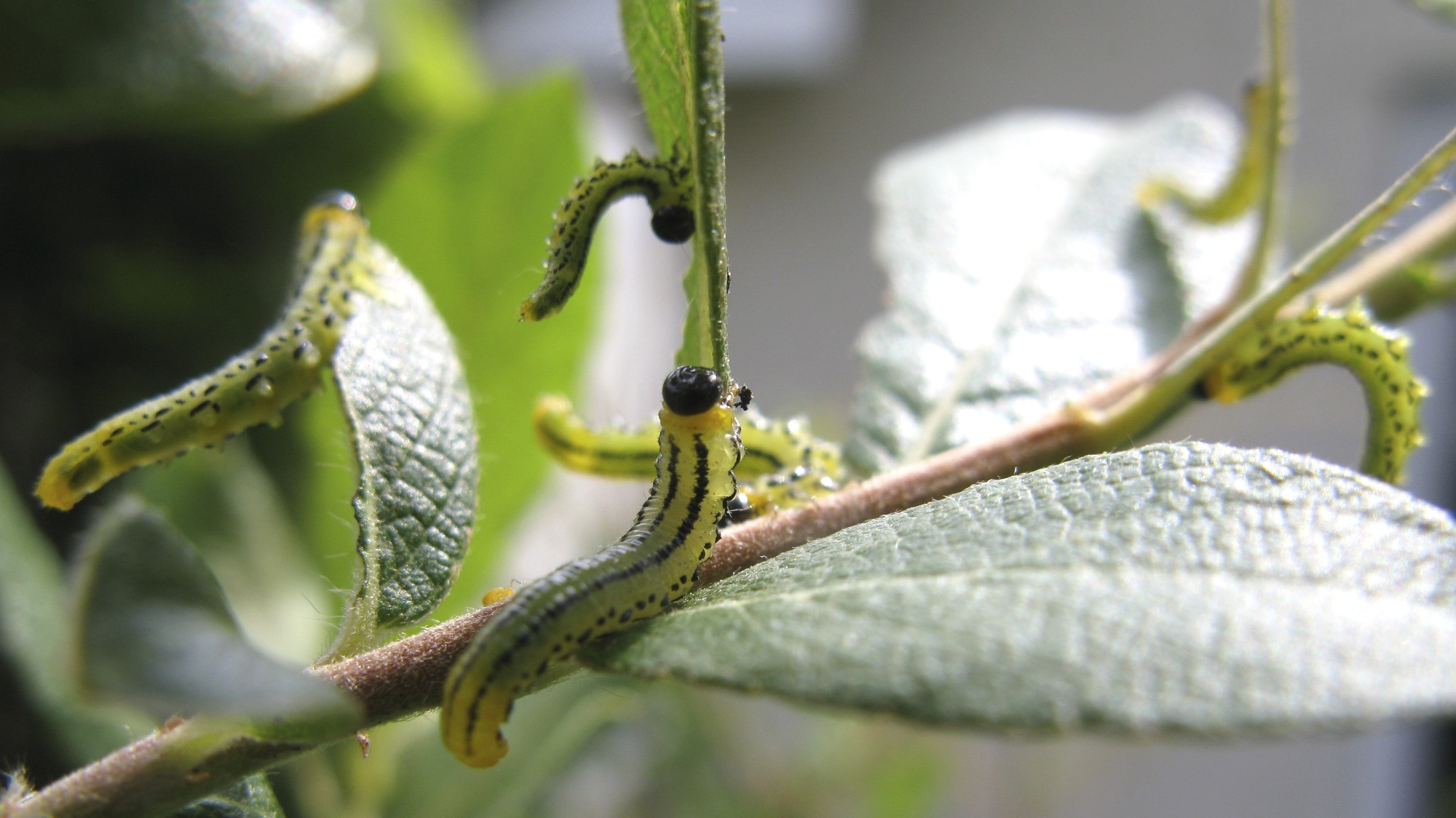Have you ever stumbled upon a sight in nature that just stops you in your tracks? Recently, while trying to capture a close-up photograph of some caterpillars, I witnessed something truly fascinating. Every time I approached, these little creatures would react in unison, lifting their rear ends into the air and swaying them gently in a wave-like motion. It was as if they were performing a synchronized, albeit slightly strange, dance. This peculiar behavior sparked my curiosity and led me down a path of discovery about what I now know as The Caterpillar Dance Move.
Initially, I was under the impression that these caterpillars would eventually transform into butterflies. Eager to learn more, I began searching online. My search led me to an article mentioning “dancing caterpillars,” and it was there that I uncovered the truth. These weren’t caterpillars destined to become butterflies at all! They are, in fact, sawfly larvae. These larvae, despite their caterpillar-like appearance, are more closely related to wasps. Learning this was quite a surprise, as their adult form is far from the butterfly I had imagined.
 Dancing sawfly larvae performing the caterpillar dance move on a green leaf
Dancing sawfly larvae performing the caterpillar dance move on a green leaf
The “dancing” movement, I discovered, is a well-known defense mechanism specifically associated with these sawfly larvae. It’s their unique way of deterring potential predators. By raising their bodies and waving them around, they likely aim to appear larger or more intimidating, or perhaps to simply startle anything that gets too close. Observing their caterpillar dance move firsthand, however, made me question its effectiveness. The motion seemed rather slow and deliberate – would it truly be enough to ward off a hungry bird or a quick-moving predator?
 A clearer view of the caterpillar dance move, showing sawfly larvae raised up in defense
A clearer view of the caterpillar dance move, showing sawfly larvae raised up in defense
Intrigued, I returned to the bush a few days later to check on the sawfly larvae and the plant they had been feeding on. To my surprise, the branches were almost completely bare. While they had certainly consumed a significant amount of foliage, there seemed to be less remaining than I would have expected. This observation led me to wonder if their caterpillar dance move, despite being a clever survival strategy, had ultimately failed to protect them from becoming a meal for some garden bird.
 Empty plant branches showing the aftermath of sawfly larvae feeding, questioning the effectiveness of the caterpillar dance move
Empty plant branches showing the aftermath of sawfly larvae feeding, questioning the effectiveness of the caterpillar dance move
Beyond the fascinating entomological lesson, observing the caterpillar dance move prompted a moment of personal reflection. Just like these tiny larvae have their defense mechanisms, we humans also develop our own “dances” to navigate life’s challenges. Thinking about the effectiveness of the caterpillar’s strategy made me consider my own protective behaviors. Have my past “dance moves” of avoidance or denial truly protected me, or have they inadvertently led me into becoming someone else’s “dinner”?
Nature constantly offers us lessons, if we are willing to observe closely. The caterpillar dance move is a tiny spectacle with a larger message, prompting us to consider the effectiveness of our own defenses and the delicate balance of survival in both the natural world and our own lives. What about you? Have you been doing any “dancing” lately, and is it working for you? Perhaps we can all learn a few new steps from each other.

